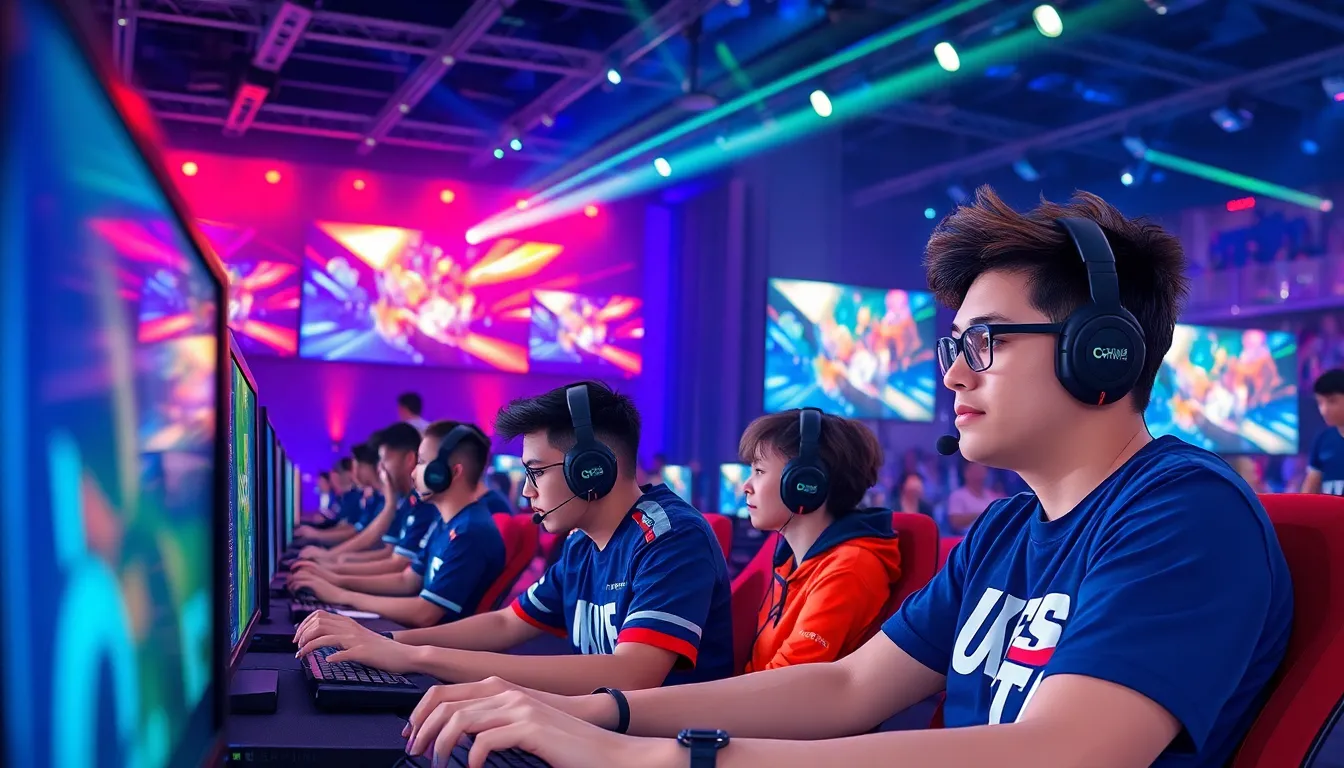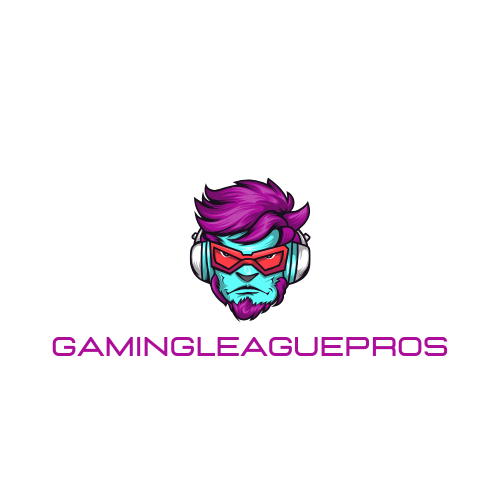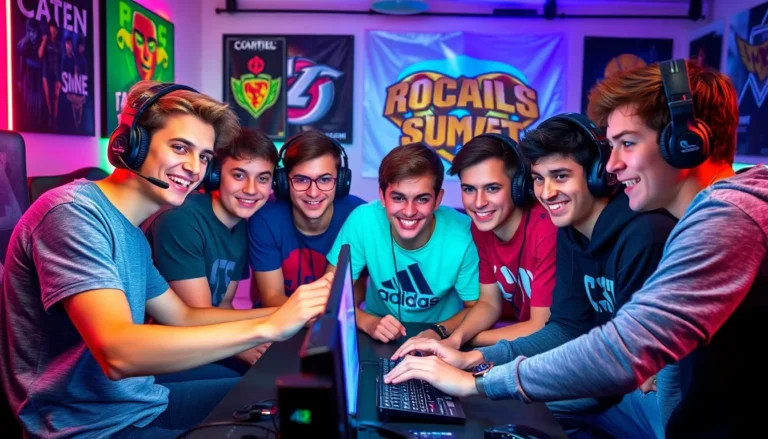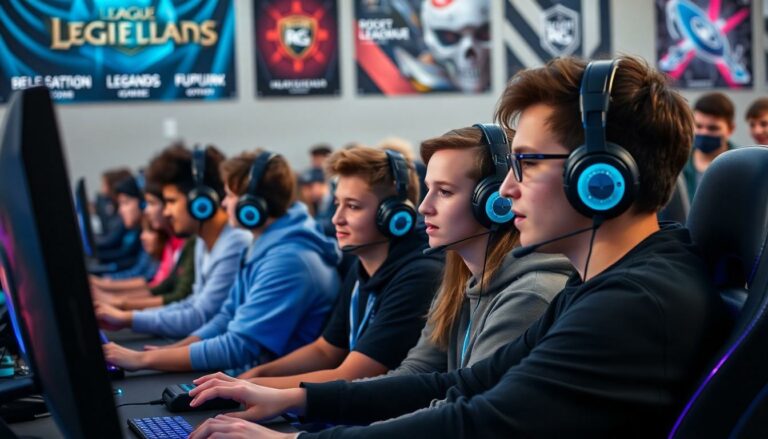Esports sponsorships are taking the gaming world by storm, and if you’re not paying attention, you might just miss the next big wave. Imagine a world where brands team up with gamers, not just to sell energy drinks but to create epic experiences that get fans cheering louder than a final boss battle. It’s a match made in digital heaven, and the stakes are higher than ever.
With millions of viewers glued to their screens, companies are realizing that investing in esports is like finding a golden loot box. From jerseys to in-game ads, sponsorships are transforming how brands engage with a passionate community. So, whether you’re a marketer looking to level up or a gamer curious about the business side, understanding the ins and outs of esports sponsorships could be your ultimate power-up.
Esports Sponsorships
Esports sponsorships represent a dynamic intersection of marketing and gaming. Numerous brands recognize the potential audience engagement, leading them to invest in this rapidly growing sector. Sponsorships can manifest in various forms, including team endorsements, tournament promotions, and advertising within live streams.
Brands like Red Bull and Intel exemplify the commitment to supporting esports through financial backing and resources. These partnerships often result in cross-promotional opportunities that benefit both parties. For instance, event sponsorships allow brands to reach millions of viewers during tournaments, significantly increasing brand visibility.
Sponsorship revenue in esports reached approximately $1.1 billion in 2023, highlighting the financial significance of these partnerships. Advertising channels include social media, live event presence, and in-game integrations, offering versatile promotional avenues. Players and teams also gain professional backing, leading to improved gameplay experiences and enhanced fan interactions.
Audience demographics play a crucial role in shaping esports sponsorship strategies. Nearly 70% of esports fans fall within the 18 to 34 age range, making them attractive to marketers targeting younger consumers. This demographic’s familiarity with technology and digital platforms amplifies the effectiveness of brand messaging.
Integration of sponsorships into esports helps foster a sense of community among fans. Sponsorships not only support teams and players but also contribute to community-building efforts through events and promotions. Given the rapid growth and engagement levels, understanding esports sponsorship dynamics is vital for both brands and gamers.
Types of Esports Sponsorships

Various types of esports sponsorships exist, each catering to specific audience interactions and brand objectives. Understanding these categories helps brands choose the right partnership in the dynamic gaming landscape.
Team Sponsorships
Team sponsorships involve brands partnering directly with esports teams. These deals often include logo placements on team jerseys and promotional materials. Through such partnerships, brands enhance visibility during live events and tournaments. Teams like Cloud9 and Team Liquid often showcase these sponsorships with major corporations, attracting significant audiences. Sponsorships in this sector bolstered revenues, with teams securing deals worth millions annually.
Event Sponsorships
Event sponsorships focus on specific tournaments or gaming events. Brands sponsor events to gain exposure among large audiences and promote products or services. These sponsorships provide unique opportunities for branding through signage, stage presence, and in-game promotions. Major events like The International and League of Legends World Championship feature numerous sponsors, highlighting their importance in the esports ecosystem. Participating sponsors often achieve increased engagement with potential customers during these high-stakes competitions.
Streamer Sponsorships
Streamer sponsorships feature individual content creators who play games live on streaming platforms. Brands leverage these sponsorships to reach dedicated fan bases and create interactive advertising. Many streamers partner with brands to promote products during their streams, resulting in authentic engagement. Streamers like Ninja andPokimane attract large viewership numbers, creating valuable opportunities for brand alignment. Successful campaigns rely on streamers’ influence, translating into increased brand loyalty from engaged audiences.
Benefits of Esports Sponsorships
Esports sponsorships offer numerous advantages for brands looking to expand their presence and engage with a passionate audience. Companies increasingly recognize the potential in this growing market.
Brand Exposure
Brands benefit from heightened visibility through esports sponsorships. Logo placements on team jerseys, banners, and digital platforms enable sponsors to reach wide audiences. For instance, sponsoring teams like Cloud9 or events like The International generates massive exposure during tournaments watched by millions. In 2023, with esports sponsorship revenue hitting $1.1 billion, investing in this space proves beneficial for brand recognition and market penetration. Innovative advertising strategies during live streams keep viewers informed about brand offerings while seamlessly integrating products into their gaming experience.
Audience Engagement
Engagement levels in the esports community stand out as exceptional. Nearly 70% of esports fans aged 18 to 34 present a prime demographic for brands. Sponsorships foster authentic connections by associating brands with their favorite teams or players. Individual streamer partnerships, such as those with popular figures like Ninja, allow brands to tap into dedicated fanbases. As viewers watch streamers interact with products, they form stronger emotional ties to the brand. Brands also enhance community interactions through events and promotions, creating memorable experiences that resonate long after the events conclude.
Challenges in Esports Sponsorships
Sponsorships in esports come with distinct challenges that brands must navigate for effective engagement.
Market Saturation
Market saturation presents a significant obstacle for brands in esports sponsorships. Numerous companies vie for attention within the same space, making it harder for individual brands to stand out. As of 2023, the number of sponsors has increased, leading to a crowded market where brands compete for limited engagement opportunities. Some brands struggle to create unique campaigns that resonate with audiences amid this noise. Players and fans may overlook sponsorship messages, diminishing their impact. Innovative strategies are essential to capture audience interest and foster meaningful connections.
Measuring ROI
Measuring return on investment poses another challenge for brands in the esports realm. Traditional metrics may not apply effectively, creating difficulties in assessing the value of sponsorships. Brands often find it hard to track engagement stemming from their sponsorship efforts, especially with varying platforms and channels involved. Many companies rely on insights such as viewership data or social media interactions to gauge success, but these numbers can be misleading. Accurate measurement tools are vital for brands aiming to justify their expenses and refine their strategies. Adopting comprehensive analytics can enhance the ability to report results effectively.
Conclusion
Esports sponsorships are reshaping the marketing landscape by offering brands unique opportunities to connect with a passionate audience. As the industry continues to grow, understanding the intricacies of these partnerships is crucial for success. Brands that leverage innovative strategies stand to gain significant visibility and engagement within the vibrant gaming community.
Navigating the challenges of market saturation and measuring return on investment will be key for brands aiming to make a lasting impact. With the right approach, companies can foster authentic connections with fans and contribute to the thriving ecosystem of esports. Embracing this dynamic environment will not only enhance brand presence but also solidify relationships with a dedicated audience eager for authentic engagement.





